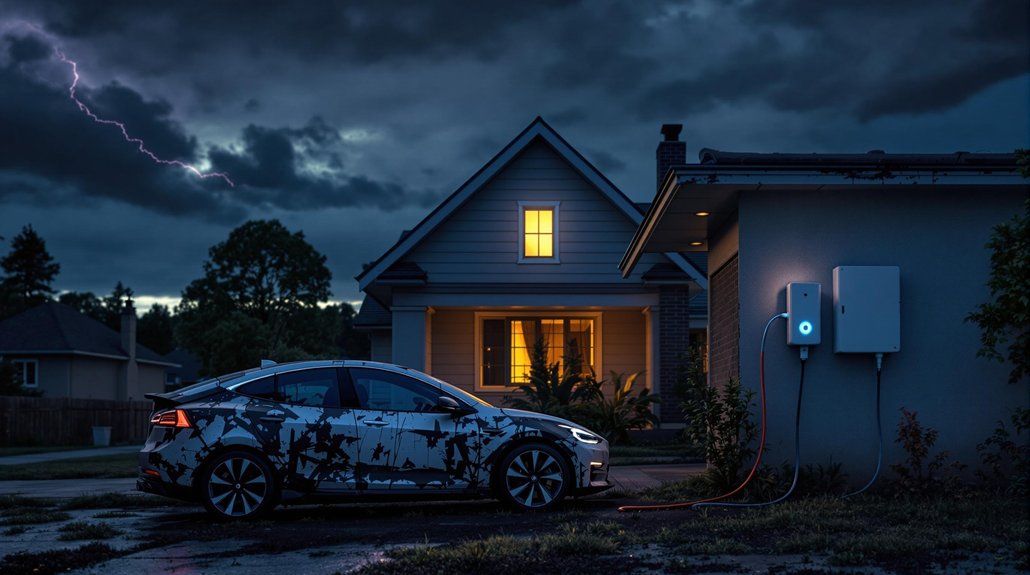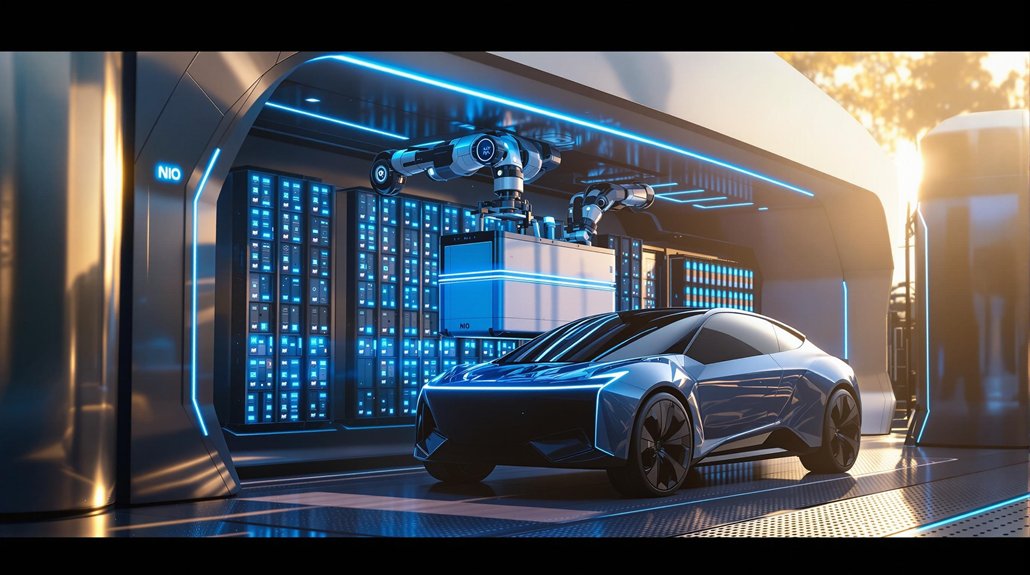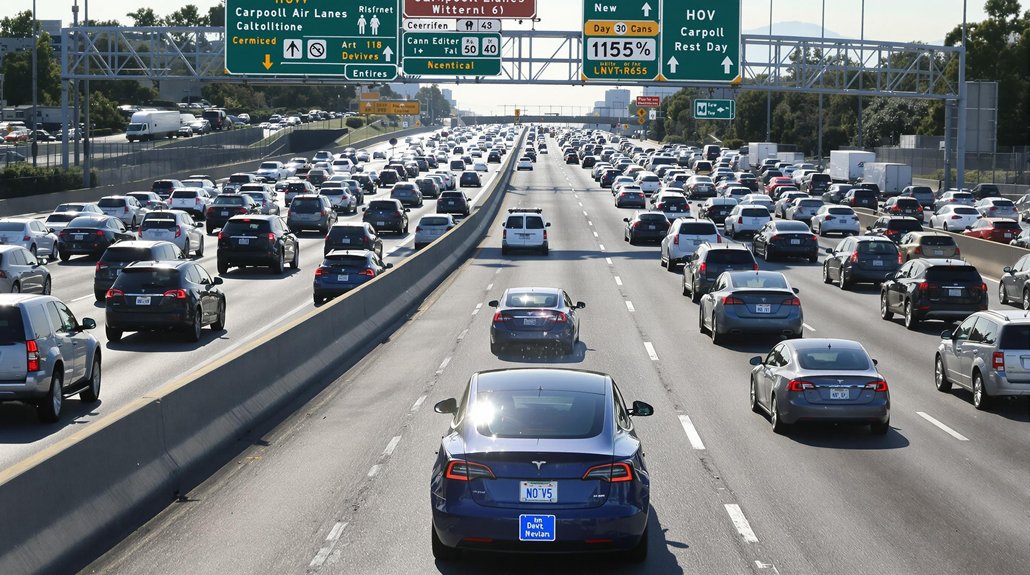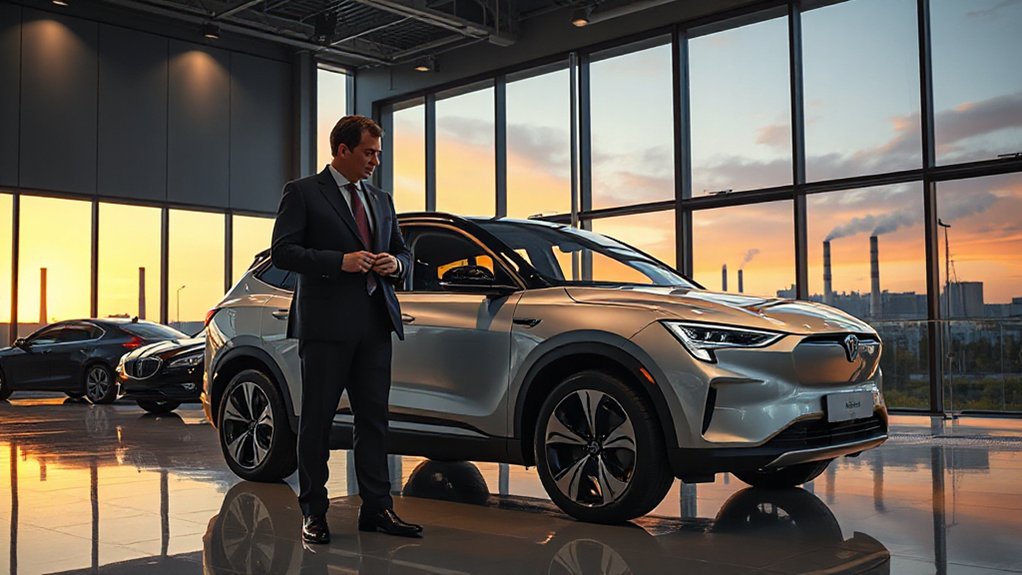Aging EVs aren’t just glorified paperweights. They’re potential power hubs for your home during emergencies. With batteries holding 60-100 kWh and homes using about 30 kWh daily, your old electric car can power essentials for days. You’ll need a bidirectional charger ($2,000-$5,000) and professional installation. Not all models work—Ford Lightning, Hyundai Ioniq, and Nissan Leaf are ready candidates. The future looks bright for turning that expensive car into your most reliable backup generator.
While that old electric vehicle sits in your driveway, slowly losing its once-impressive range, it might be harboring a secret superpower: home backup energy. That aging battery pack still packs a punch—60 to 100 kilowatt-hours of electricity storage that could keep your lights on when the grid fails. Turns out your diminished driving range doesn’t matter much when you’re parked in emergency mode.
That old EV gathering dust? It’s secretly a powerhouse waiting to rescue you when the lights go out.
The math is simple. Average homes consume about 30 kWh daily. An older EV can still power essential home systems for 2-3 days straight. Larger vehicles like the F-150 Lightning stretch that to a whopping 10 days. That’s a lot of Netflix during blackouts.
Getting this setup working isn’t plug-and-play, though. You’ll need a bidirectional charger that converts the EV’s DC power to AC for home use. These systems, enabled by tech protocols like ISO 15118, are becoming increasingly available. Not exactly cheap, but potentially worth it. Using the EV HUB Menu tools can provide personalized information about compatibility with your specific vehicle model.
Not all EVs play nice with home backup systems. Certain models come ready for the job—Ford’s Lightning, Hyundai’s Ioniq family, various Kias, and the humble Nissan Leaf with some extra equipment. GM’s newer Ultium-platform vehicles work too. Others? You’re out of luck.
Installation requires professionals. An electrician needs to modify your electrical panel and install an automatic transfer switch that safely disconnects from the grid during outages. Permits might be necessary. Utility companies sometimes get fussy about these things.
The financial picture: bidirectional chargers run $2,000-$5,000, plus installation costs of $1,000-$3,000. Some utilities offer incentives. The good news? This setup barely impacts battery life. Even aging EV batteries have management systems that prevent damage. Similar to wind turbines, these systems are designed with a component lifespan that balances durability with efficient performance.
The future looks bright for vehicle-to-home technology. Newer models increasingly feature this capability, and integration with smart home systems is improving. When paired with solar panels, V2H systems can significantly enhance your home’s energy independence and further reduce your carbon footprint. Soon your car won’t just get you places—it’ll be the most expensive backup generator you never meant to buy.









